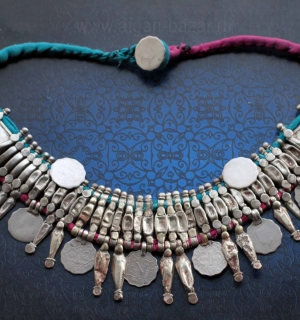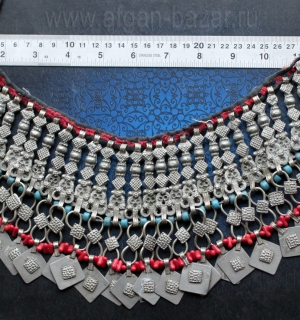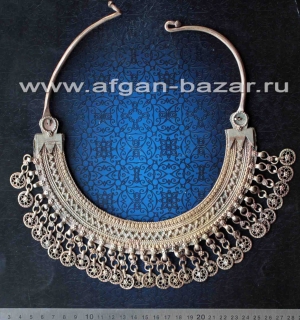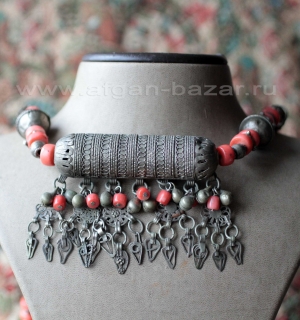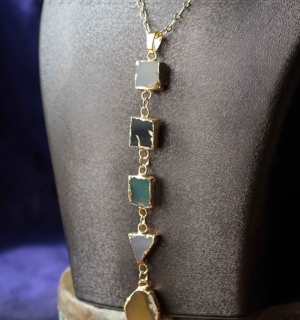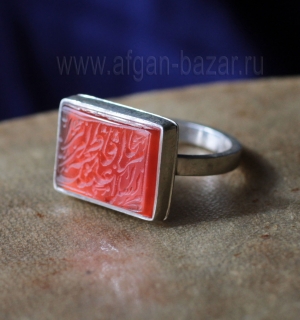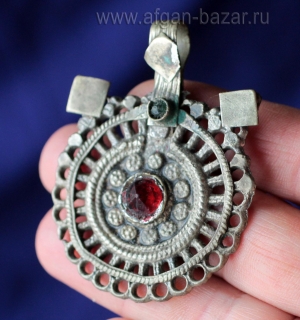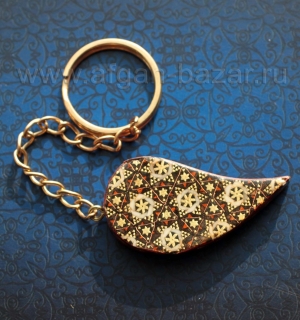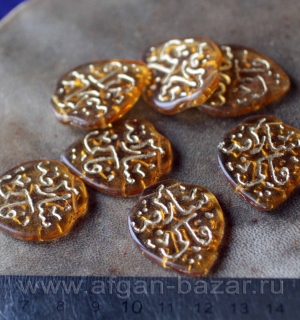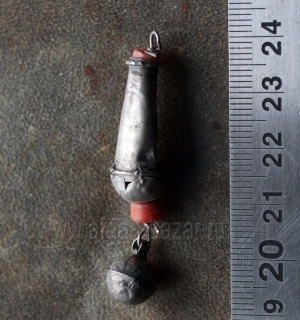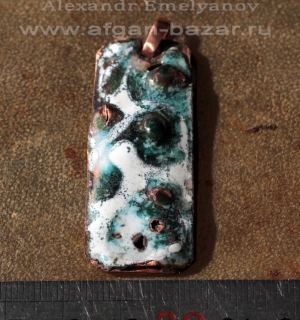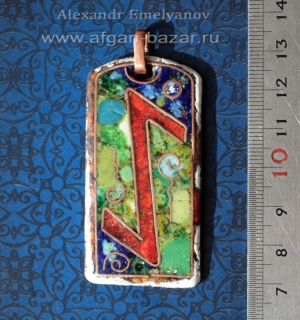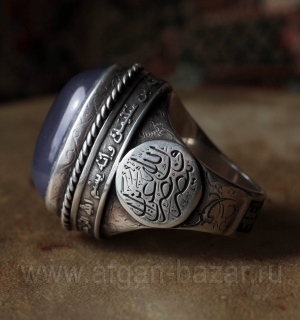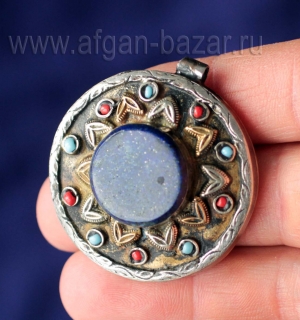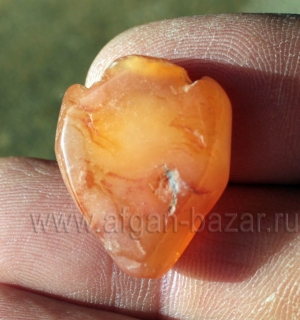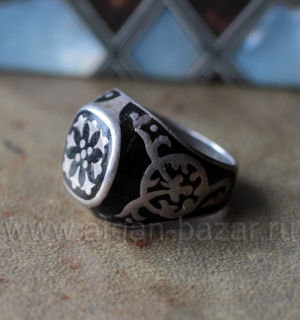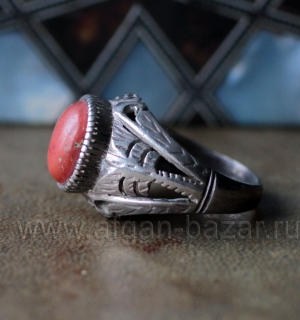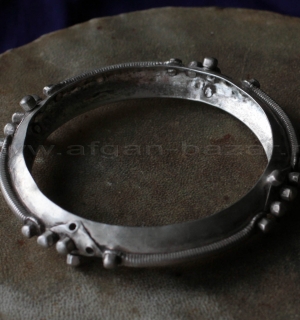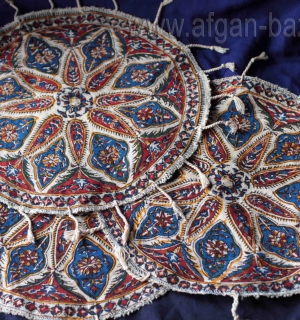Old tarnished Afghan-Swat-Chitral Region Kuchi Tribal Twin Torque - Nooristan or Kalash People.
Nickel-copper alloy Base metal, forging, Soldering, twisted wire, 100% handmade.
Restored Glass Inserts
Opening gap - 85 mm (3 ") adjustable
Size - 170/170 mm. (6,5 "/6,5 ")
Maximal tickness - 26 mm. (1 ")
Weight - 290 g. (10 Oz)
The torque has minor deformations, damages and scuffs caused by prolonged wearing.
A rare type of spiral torque. Such jewelry was worn in pagan Kafiristan (Afghanistan, Nuristan province) by noble women until the end of the 19th century. After the conquest in 1896. and the conversion of the local population to Islam, the production of such jewelry stopped.
There is a version that this type of jewelry goes back to Hellenistic traditions. Hindu Kush is still home to the Kalash people, who are considered descendants of Greek soldiers from the army of Alexander the great, who settled in these places at one time.
This type of adornment has survived to the present day among the dardic pagan peoples of the Hindu Kush in northwestern Pakistan in the Chitral region and the Swat river valley, from where this torque most likely originates.
Литература и аналоги:
1. Сазонова Н.В. Искусство Афганистана из собрания Музея Востока. М. 2011 - с. 13
2. Wolf-Dieter Seiwert. Jewellery from the Orient. Treasures from the Bir Collection. – Stuttgart: Arnoldshe 2009 – p. 194
3. Alfred Janata. Schmuck in Afganistan. / Janata A. - Graz: Akademische Druck – u. Verlagsanstalt, 1981. - s. 104-105.
4. Ethnic jewellery from Africa, Asia, and Pacific islands. - Amsterdam and Singapore: The Pepin Press, 2008. - p. 68.
5. Anne Leurquin. A World of Neckleaces. Africa, Asia, Oceania, America from Ghisels collection. / Anne Leurquin – Milano: Scira Editore S.p.A. 2003 – p. 201.
6. Karolina Krzywicka. Ethnic Jewellery of Afghanistan. From theAsia and Pacific Museum in Warsaw - Warzawa: 2012. - p. 68.






